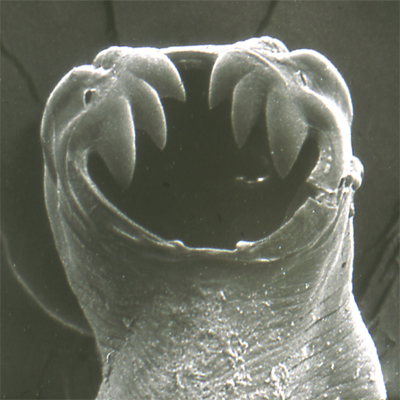
A terrifying parasite.
By: Alanna Shaikh
Dr. Peter Hotez is trying to ruin my life. That’s the only reason I can find for his new article on “Central Asia’s hidden burden of neglected tropical diseases,” which was published last month in PLOS Neglected Tropical Diseases. I was already borderline obsessive about NTDs and the risk of getting them in my family. My only comfort was that we live in Tajikistan, which is far, far away from most major NTD–endemic areas. Dr. Hotez and his co-author, Dr. Ken Alibek of Nazarbayev University in Astana, Kazakhstan, have now taken even that small comfort from me. I may never sleep uninterrupted again. Last night I had a nightmare about glow in the dark helminthes.[1]
So, what is Central Asia’s hidden burden of NTDs? Well, they do not glow in the dark to my knowledge, but worms, worms, worms, in a big way. First, the soil-transmitted helminthes: “A study of rural primary schools in southwestern Kyrgyzstan found that many of the children had at least one soil-transmitted helminth infection.” Okay, I can ignore that somewhat. I wear shoes, I live in a nice house, I don’t farm for a living. But there’s more: “In four of the Central Asian nations, cystic echinococcosis — a tapeworm infection spread by dogs and sheep — has increased at least four-fold and is thought to be vastly under-reported.” But my dogs get worm prophylaxis, I avoid stray dogs, and I only see sheep up close as well-cooked mutton. Tapeworms can’t leap through my car window or survive being baked and boiled into plov. Continue reading

